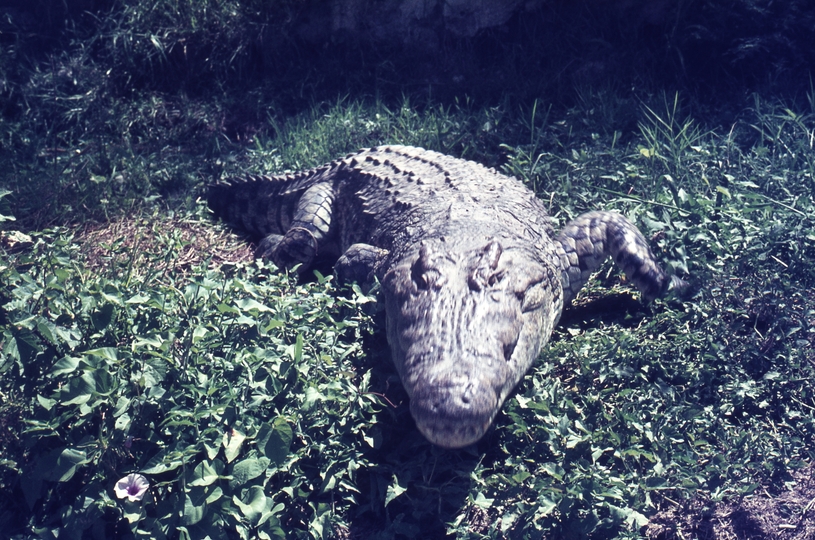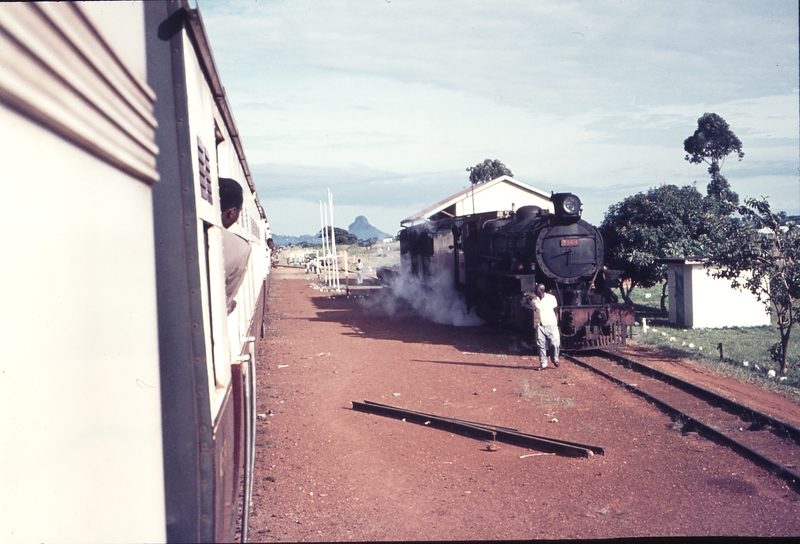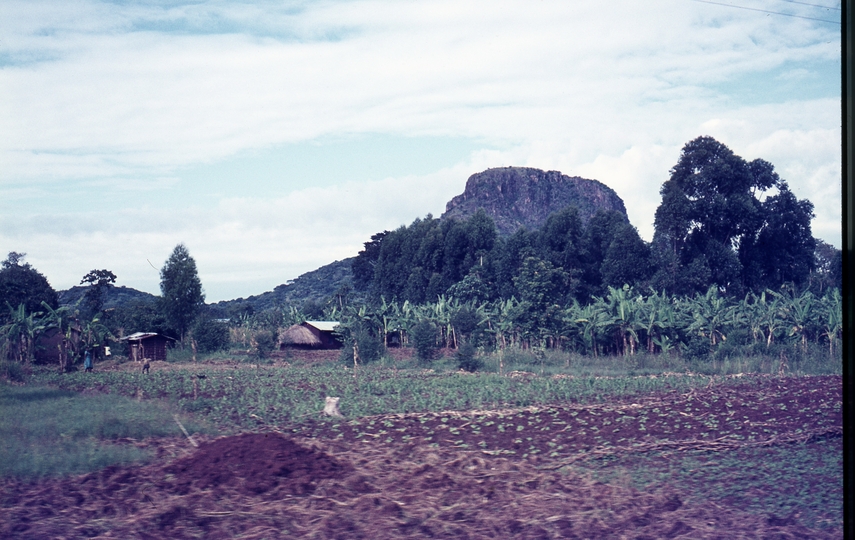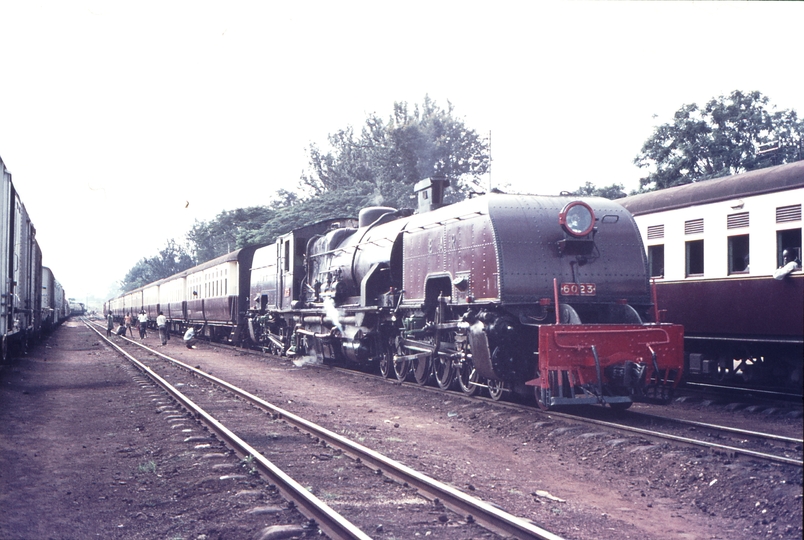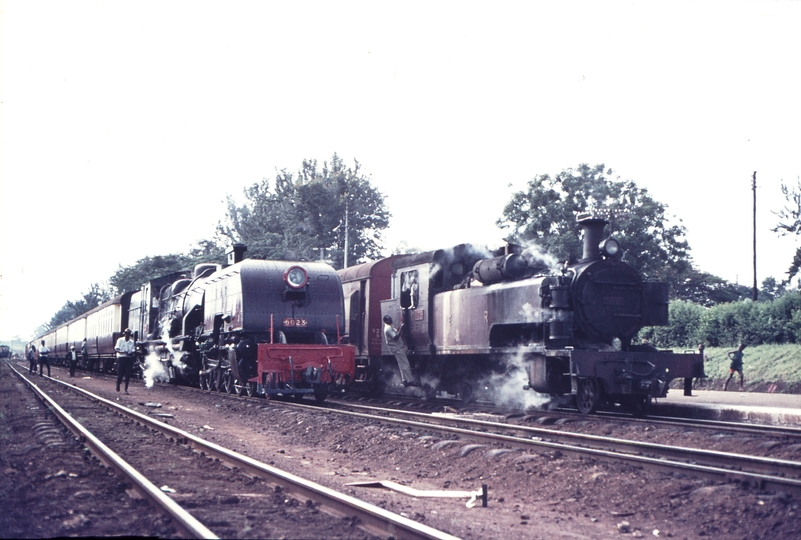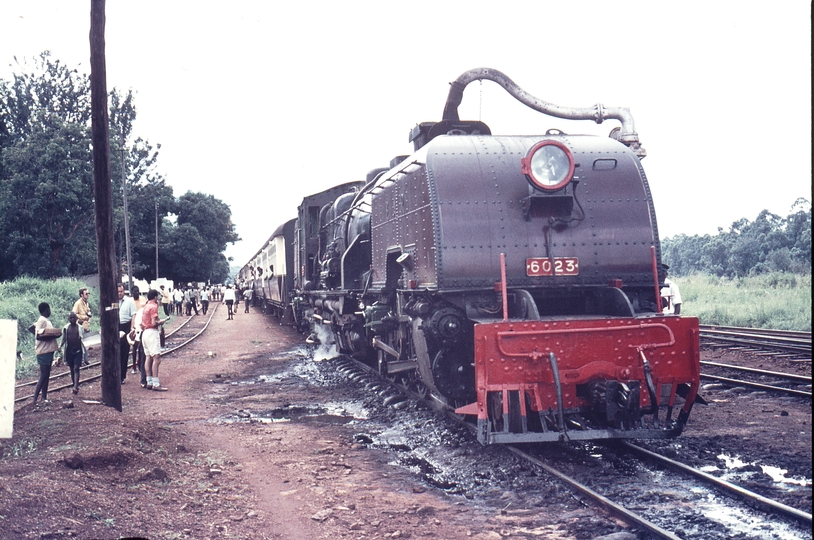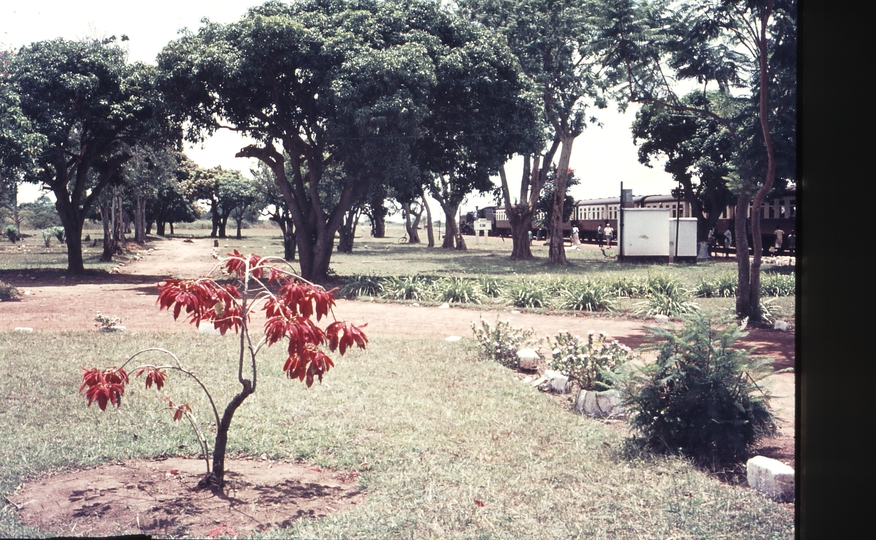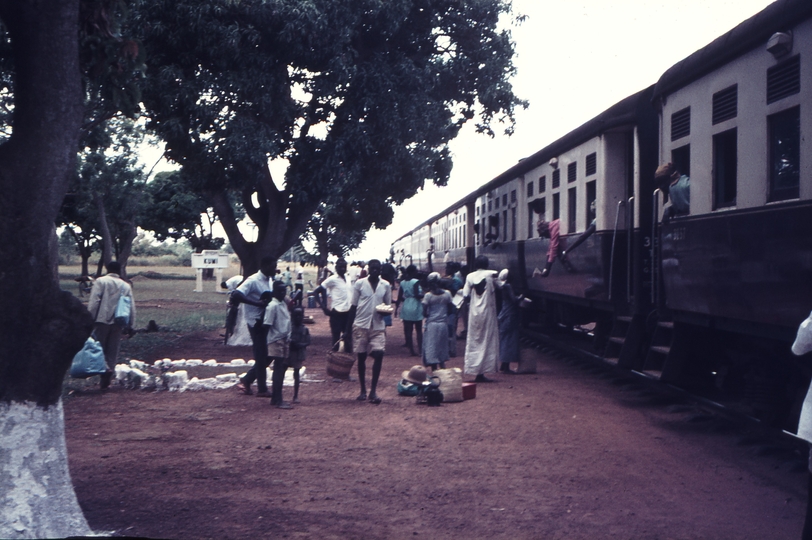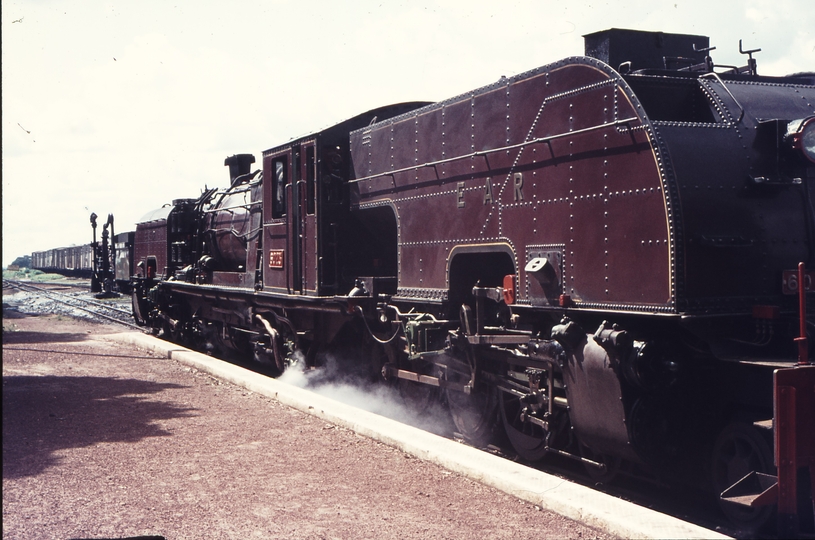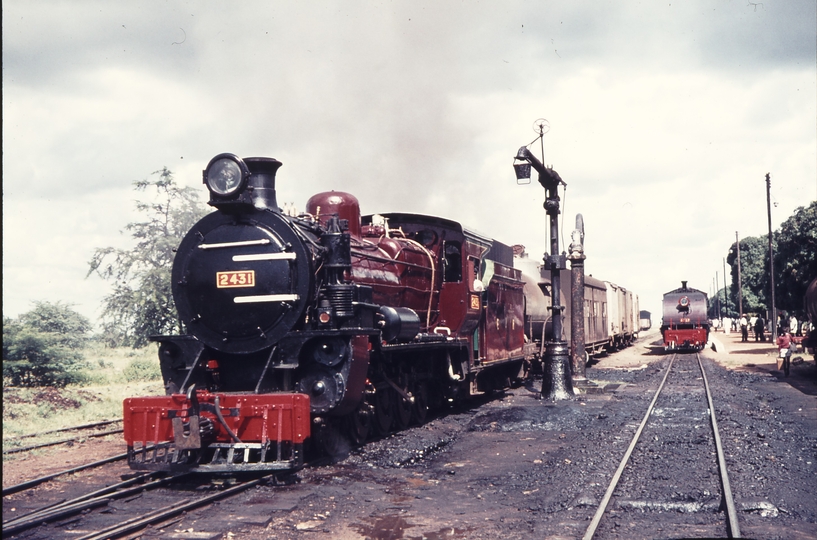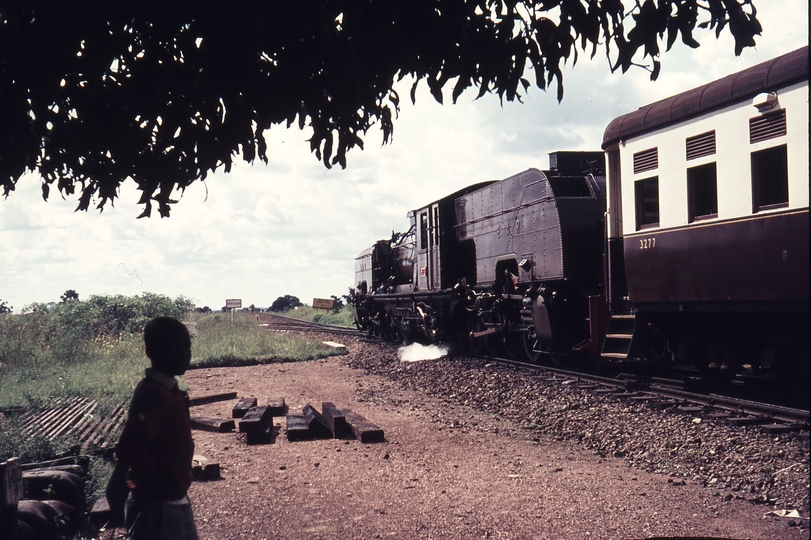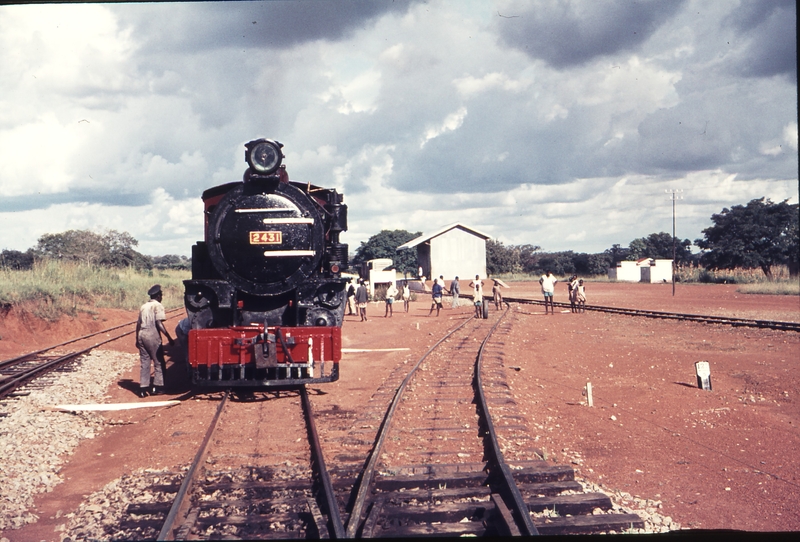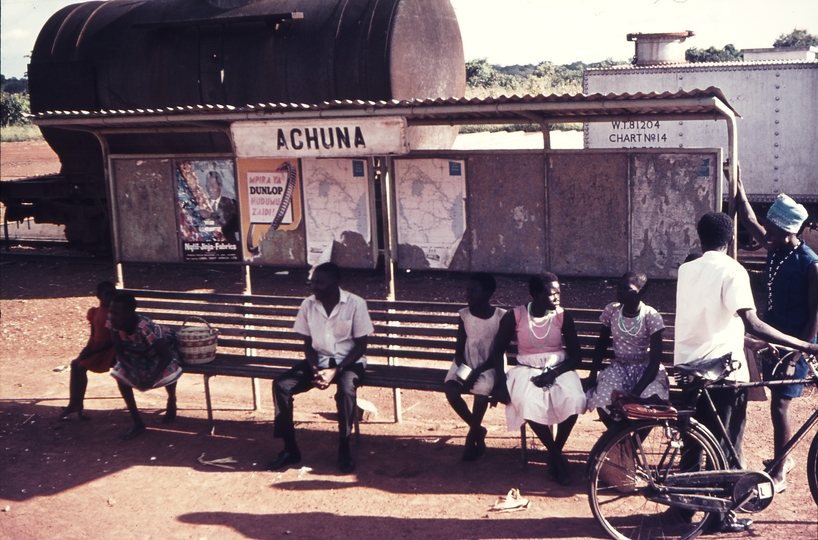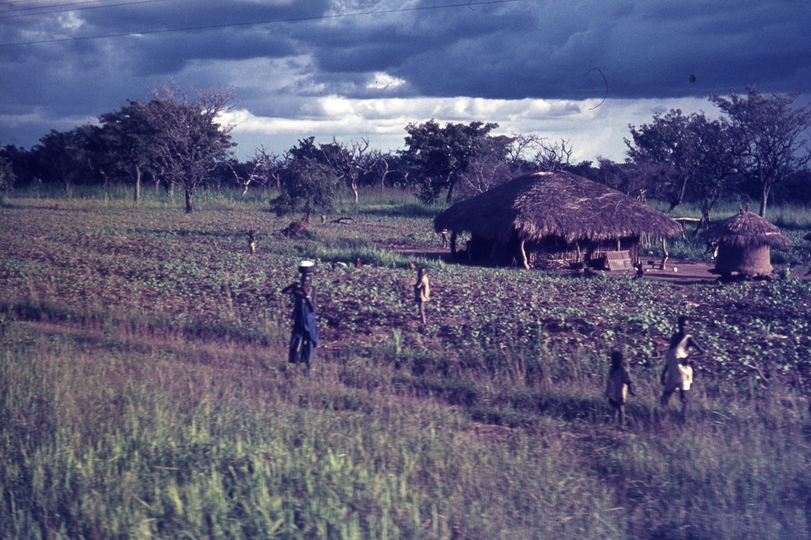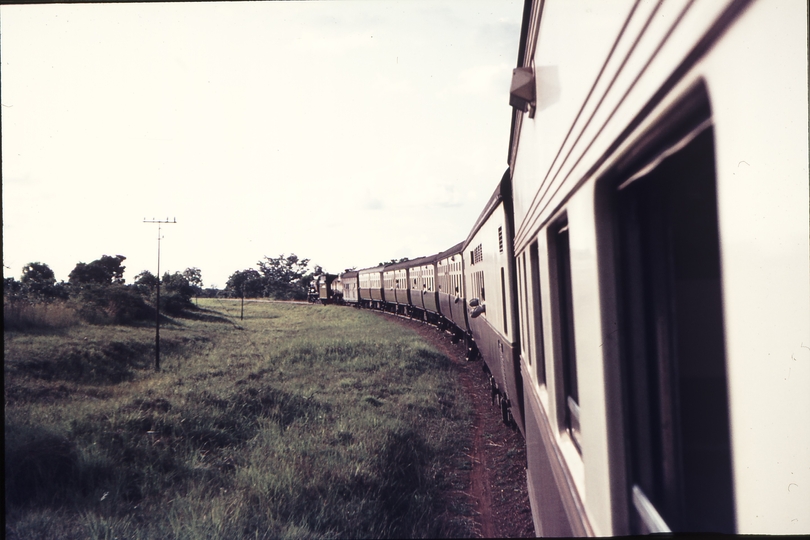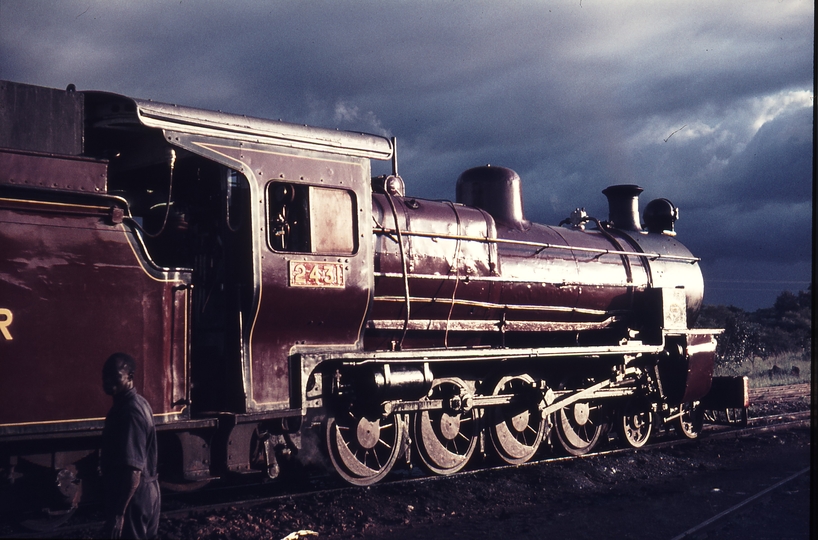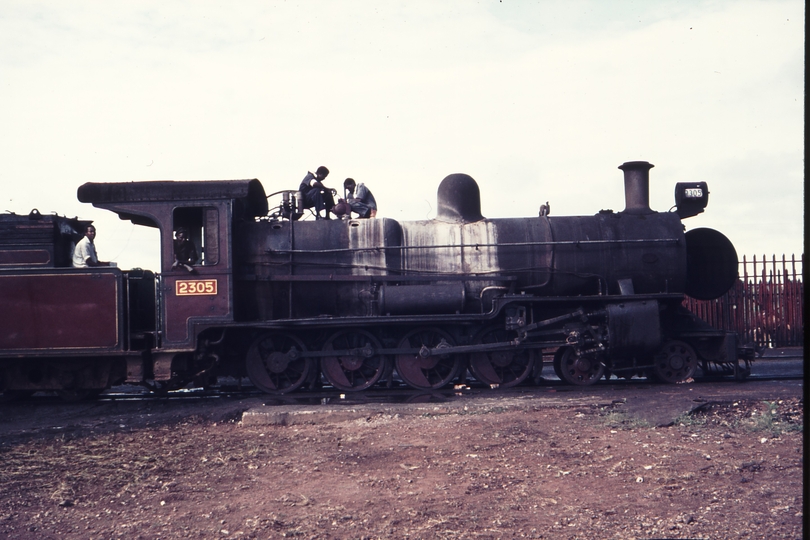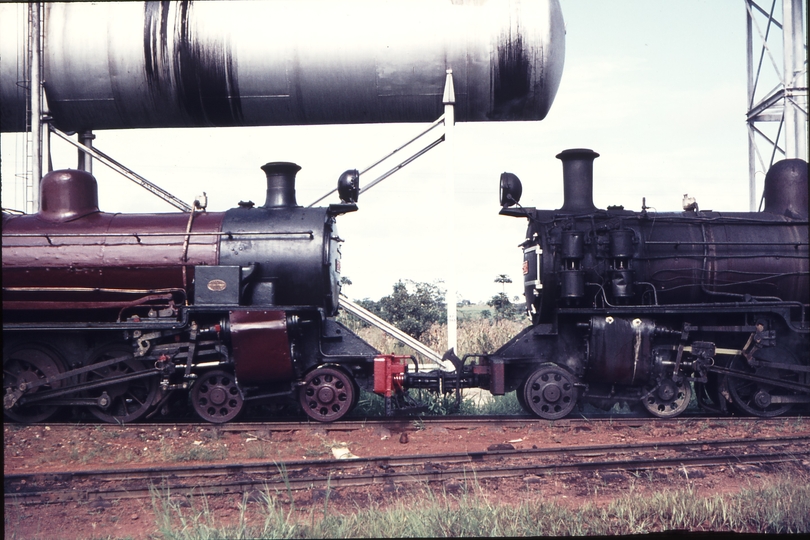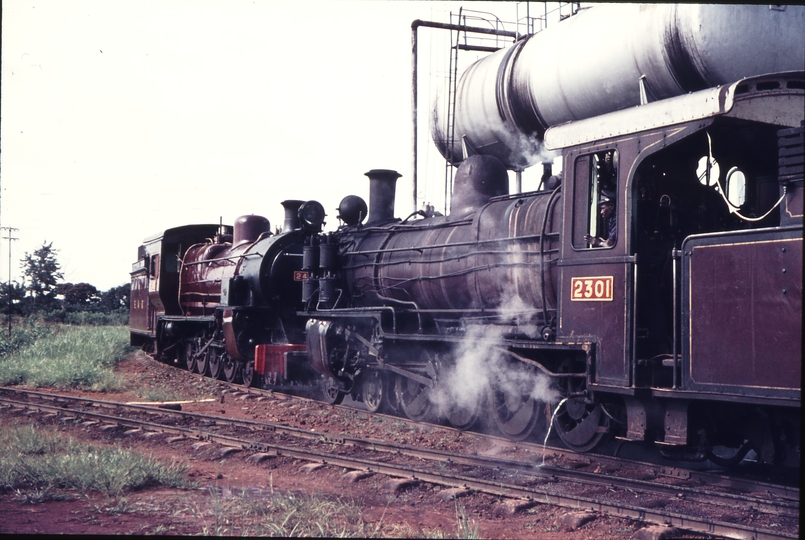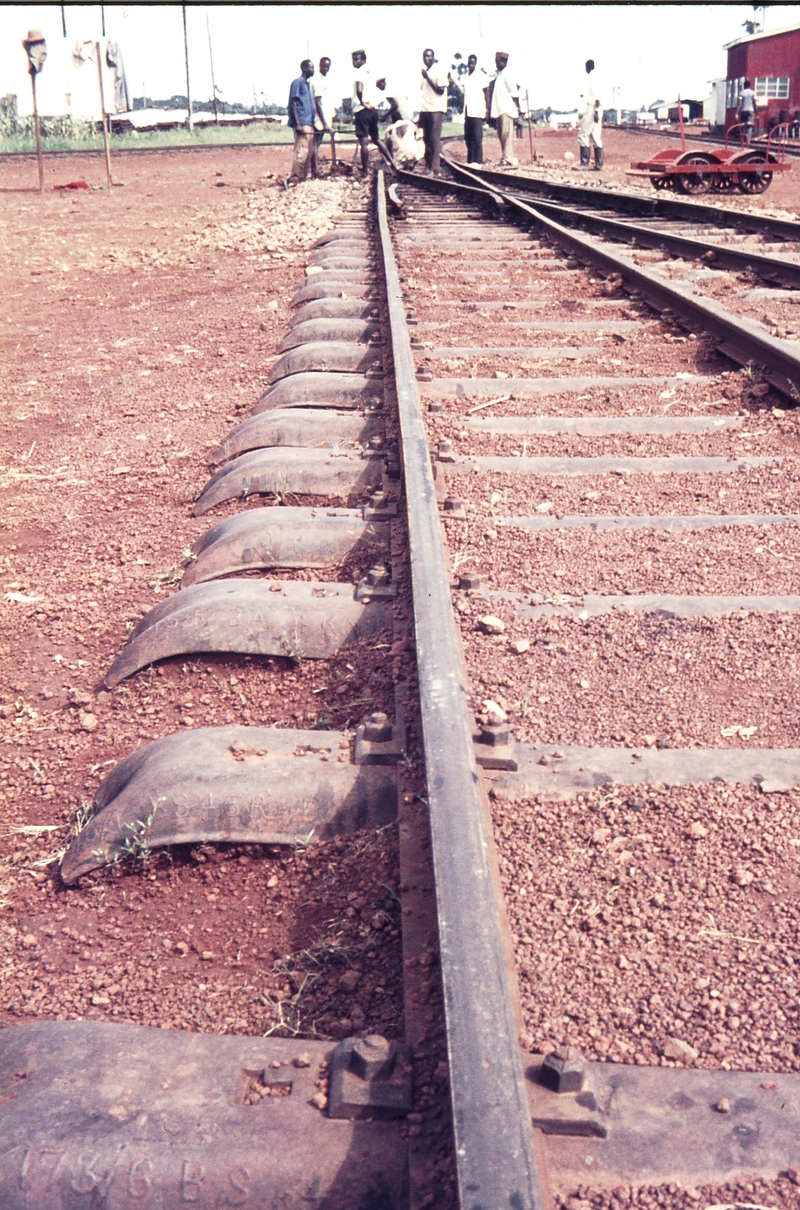Weston Langford Railway Photography
Documenting railways and related infrastructure since 1960
Documenting railways and related infrastructure since 1960
Four Days in Idi Amin's Uganda
In August 1971, in the course of Weston's return from Canada to Australia, he spent 4 weeks in the United Kingdom and two weeks in East Africa. The opportunity to visit these places was taken without knowing where the future would take him and, as it turned out, several factors have conspired to put any further travels of this nature out of the question. A booking was made on a tour of Kenya and Tanzania organised jointly by the Railway Correspondence and Travel Society and Cook's Tourist Bureau in London. After an interval they advised that due to them not being able to get guarantees of access to railway facilities in Tanzania the tour was to be altered to embrace Kenya and Uganda. Idi Amin had come to power in a coup in January 1971 and by the time of the tour in August the excesses of his regime were starting to show. The first image of the crocodile sets the mood. The second image shows some countryside between the border and Tororo, the first station in Uganda. Tororo is also the junction from the main line of the line to Pakwach East on the Upper Nile. The tour party rode in carriages transferred from the Mail to the branch train. There was no sign of any immigration presence so the tour party repaired to the local police station where we were breezily told to report to the police at our first overnight stop. On the wall of the police station was a magazine page of a photo of the Queen and Commonwealth Heads of Government. It was stuck to the wall with sticky tape. The rest of that first day was a pleasant train ride through the African countryside. As far as Soroti the engine was a 60 class Garratt. The 60 class bore a striking resemblance to the South Australian 400 Class. From Soroti onwards the engine was a 24 Class 4-8-0. The train was about 8 hours late leaving Tororo. A consequence of this was the dining car running out of provisions with an addition evening meal needing to be served. At one of the wayside stations the white coated dining car stewards were out beside the train bartering for live chickens. These were changed within a very short time into a delicious and well presented evening meal. On detraining at Gulu, the first overnight stop, the tour party was greeted by a rather sinister individual who said it would be "very nice" if we were to report to the local police station to have immigration formalities seen to. Uganda unlike Kenya required, in addition to a valid passport, an entry document available from its missions overseas. Weston sat around a full day in the shambles of Uganda House in London getting his. On arrival at the police station the passports and entry documents were collected and the tour party was told to wait. After a lengthy and rather tense wait the stamped passports were returned and the tour party was free to go. On the wall of the police station was a "Wanted" poster seeking information about the whereabouts of an American university lecturer who was last heard of at Mbarara in Southern Uganda. What had actually transpired was that this person, who was outspoken in his criticism of the regime, was killed on the orders of Idi Amin. This resulted in an international outcry and the "Wanted" posters were put up as part of the Government's pretence that they had nothing do do with this man's disappearance. The next couple of days were spent in the Murchison Falls National Park (Sometimes referred as the Kabarega National Park). Possibly the most striking feature of this park would be the Murchison Falls on the Victoria Nile. The images convey a graphic depiction of this spectacle. On arrival in the Capital City, Kampala, the tour party certainly had completely free rein to get close up to the rail facilities and to take photographs without any hint of restriction. Down town it was a quite different matter. Armed troops seemed to be everywhere which made the walk from the railway to the hotel a rather tense affair. The Uganda Argus (The capital city's broadsheet newspaper) on August 28th 1971 had, on its front cover, a photo, in an open coffin, of a dead Chinese Colonel who, it was claimed, was killed in a firefight between Ugandan and Tanzanian troops near the border between the two countries. This was, to say the least, a strange circumstance, bearing in mind the two nations were part owners by agency of the East African Community of a number of utilities including the East African Railways Corporation. Departure from Kampala was on the 4:00 pm Mail to Nairobi. At the first wayside station, Namanve, there was a steam hauled work train in the siding which was photographed against a backdrop of Australian Eucalypts. The forest adjacent to the railway there was the locale for some of the regime's atrocities. It was well after dark when the Mail reached the last station in Uganda, Tororo. The army was there and they proceeded to search the train. In their confusion they missed the sleeping compartment in which Weston was traveling. The lights were doused and the army's complete lack of any sort of discipline was on open display. When the train finally got away and was clearly was not going to stop again some collective sighs of relief were the order of the day. When Kenyan Immigration Officials boarded the train at Malaba we felt that we were back in civilisation again.
